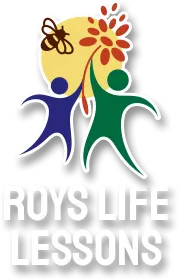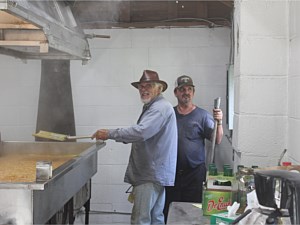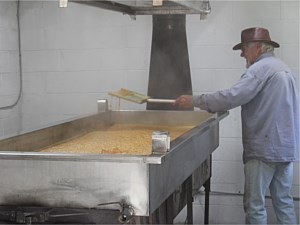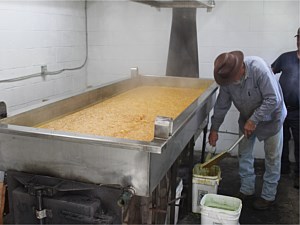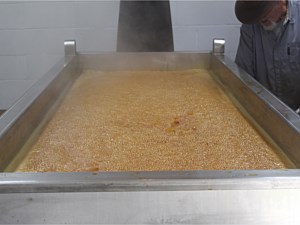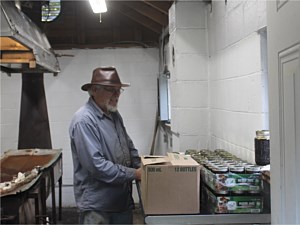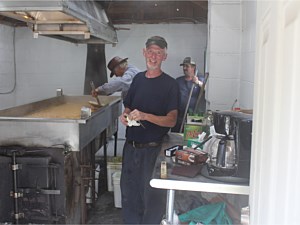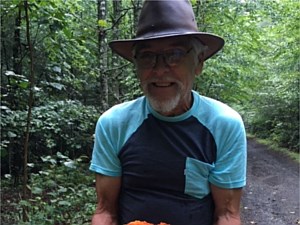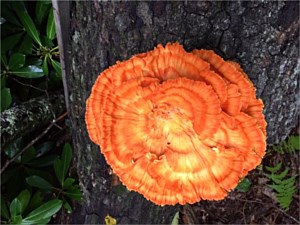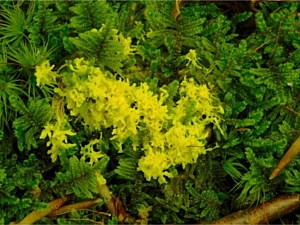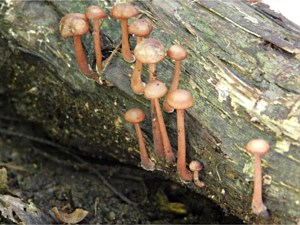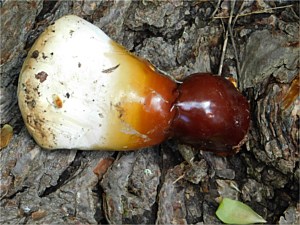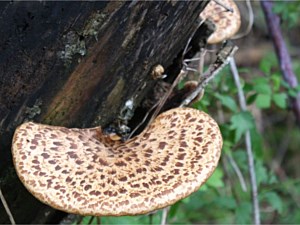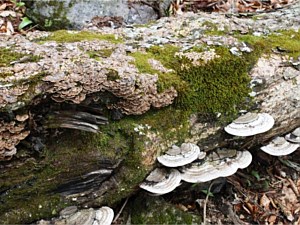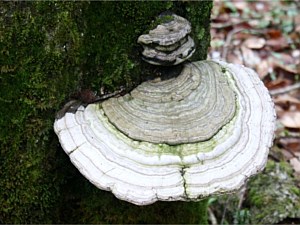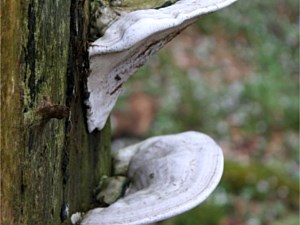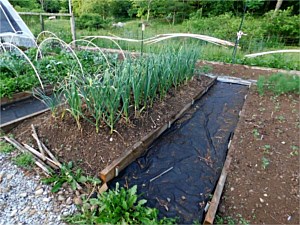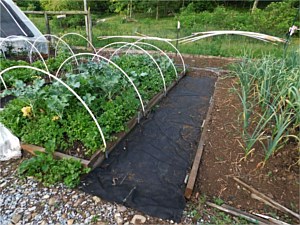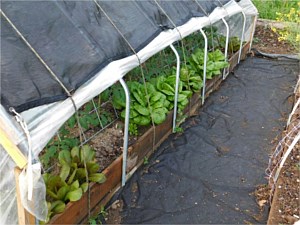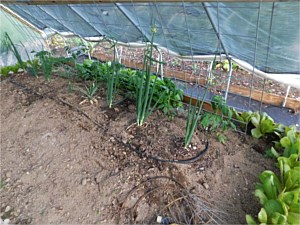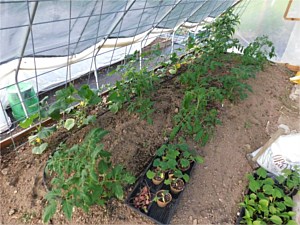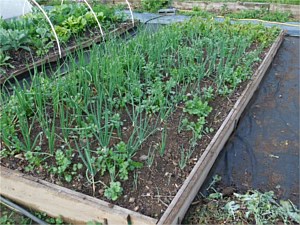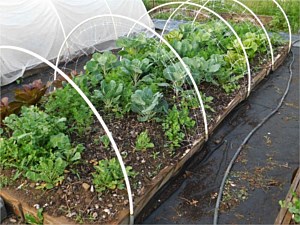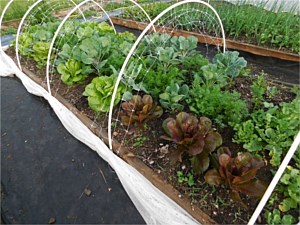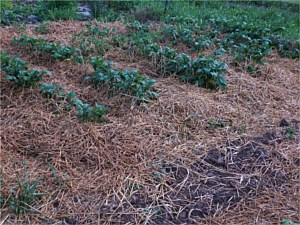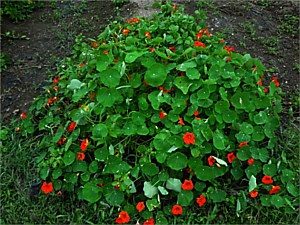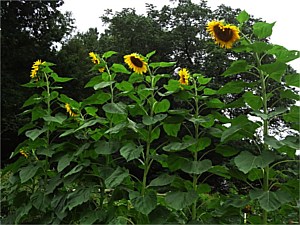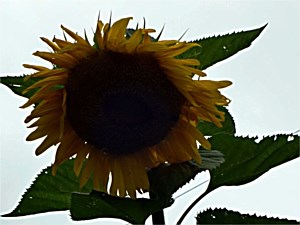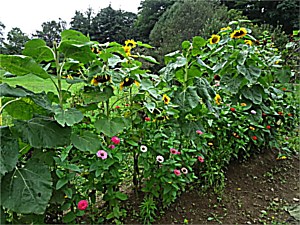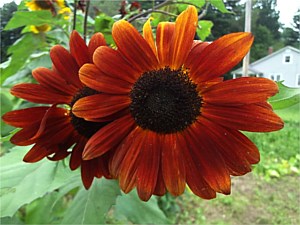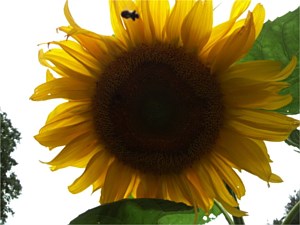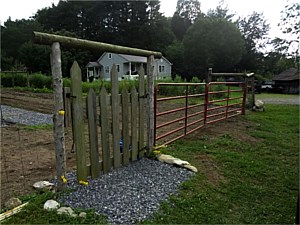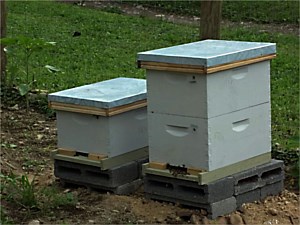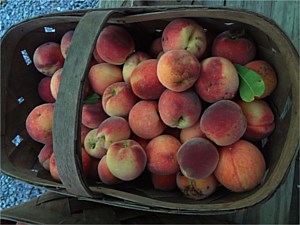Welcome to LifeInterests
Cooking Sorghum Syrup
This is one of my favorite times of the year. I've helped cook sorghum syrup since about 4th grade (maybe earlier).
Although this is commonly known as "molasses" cooking; molasses is made from sugar cane, not sorghum cane.
Although this is commonly known as "molasses" cooking; molasses is made from sugar cane, not sorghum cane.
These guys are special to me. Terry, standing back in the corner, was willing to let me help cook his juice into syrup. Eddie, with a big smile, owns the facility, Green Cove Sugar Works, where he also makes Maple Syrup. Located in Green Cove, Virginia, just over the mountain from home, Eddie had never cooked sorghum until the year these pics were taken. He'd done a lot of research and visited cookers in VA, NC, & TN. I hadn't cooked much for ten years. Together, we set up his equipment, squeezed his and Terry's cane crops, and had a bunch of fun with family and friends lending hands. Everyone said the syrup was the best they'd ever had: but, the syrup gets better every year!
It is now a yearly celebration with many friends from near and far visiting when we cook. This past fall I helped Eddie, and his brother Tony, with 6 batches, and cooked one for the Mt Rogers Volunteer Fire Department, with help. There's a reason I enjoy it so much......
.......ties me to my long-gone relatives in North Carolina who started cooking in the late 1800s, not long after sorghum was first brought into the continental US. The first pan my family used (when I was a kid) was given to my Dad by his great uncle. In the 1980s my Dad and I used it as a pattern to make a replacement, and cooked together regularly while he was living. I'm glad to see these guys and others learning and doing the things that will ultimately bring all of us closer to the source of our food, of our being, and of our lives.

Mushrooms and Other Fungi
Growing mushrooms and foraging for wild ones have become new endeavors for me, just because I like fresh mushrooms, and traipsing around the woods.
 These are amongst the nicest folks on the internet. They have never failed to reply to an online inquiry. Besides attending several of Tradd Cotter's presentations in various venues, I own his book, "Organic Mushroom Farming and Mycoremediation Simple to Advanced and Experimental" and their "Mushroom Mountain Growing Manual"; they are my sole supplier of mushroom spawn and fruiting kits.
These are amongst the nicest folks on the internet. They have never failed to reply to an online inquiry. Besides attending several of Tradd Cotter's presentations in various venues, I own his book, "Organic Mushroom Farming and Mycoremediation Simple to Advanced and Experimental" and their "Mushroom Mountain Growing Manual"; they are my sole supplier of mushroom spawn and fruiting kits. Click on the images below to view a larger display.
A little research reveals that mushrooms are very nutritious, with a variety of flavors and colors which adds zest to your dishes. Since all raw mushrooms are almost impossible to digest, cooking is essential. Amongst the wild mushrooms in our neighborhood are the beautiful red/orange Chicken of the Woods (I'm holding one in the pics), a prime edible, the Morrells of springtime, Lion's Mane, White Coral, Dresden's Saddle (a consolation prize for unlucky Morrell hunters), and many others. Medicinal mushrooms abound in the forests around our house. I have a log with Hemlock Reishi from which I make a tincture and take twice daily as a health supplement. The list of benefits for Reishi is very long, and it is one of the most researched mushrooms. I have a log with a Chicken of the Woods fruiting regularly. I harvested almost five pounds of mushroom from the one log this past year. Picked in season, many mushrooms can be dried and stored for future use.
Besides the wild ones around we can grow several species. I have grown White Oyster mushrooms on poplar logs outside, and cardboard in my basement. Oyster mushrooms and King Stropharia can be grown in straw bales and wood chips in our garden. I impregnated several hemlock stumps with Reishi plugs. I cut them because they had died, and the lumber is quite good for construction.
Besides all the culinary and medicinal benefits of our fungal acquaintances, the value of fungi to the planet is beyond imagination. Literally thousands of species of plants and animals cannot survive without their presence. Fungi is capable of cleaning toxic waste, and plastics, as well as purifying contaminated water. Symbiotic relationships with trees and other plants are just one way fungi literally feed our vegetation, wild and cultivated.
Pesticides can destroy these fragile relationships. Just one more reason to pay attention to what we add to our environment, for whatever reason. Humans are the one species that can destroy the earth, and climate-related influences are perhaps the least likely to do so. We'll probably destroy other life forms on which our survival depends before the climate really becomes catastrophic.
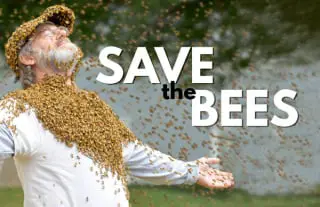
Courtesy Fungi.com
This website is a wonderful source of information about fungi, their place in nature, and their helpfulness to humans and the rest of life in general.- Paul Stamets, founder of Fungi.com and a leading researcher of fungi, is working on help for the declining bee population. Since we have our own bees, we are most interested in his work. We just look after them, help if we can and, hope for the best. We only take honey in the spring AFTER the hive has survived the winter on its own food.
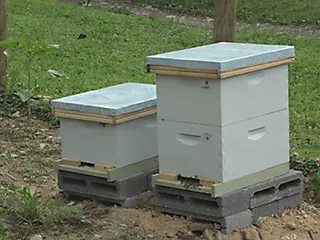
IT’S BLOOMING! Actually it’s fruiting!
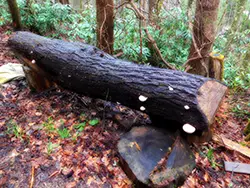
This hemlock log was cut over five years ago (2017) when I cut several trees that had died. I had the other logs sawmilled, and sold about 1200 board feet of beautiful lumber.
When I started to load the log, I noticed a deep red object on the bottom side of it.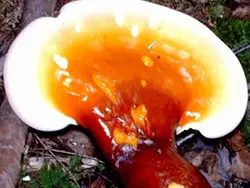
It turned out to be a Reishi mushroom the size of my hand. (second pic) I harvested it, and then set the log in its present location atop two end pieces from a couple of the other logs. (first pic)
Actually the mushrooms went through a colonizing stage
(three years) and now they are fruiting, another 5-6 years. In this way the mushrooms will produce spores by the millions of which some will begin the process on other trees in the process of dying. (last two pics)
The Reishi does not usually
colonize already dead trees, unless it is very recently deceased. Once the Reishi is done with the tree, other fungi (a small white shelf polypore) will join with other organisms to finish the process of turning the tree into usable food for other life forms.

- I also have an oak log which I brought home after harvesting the Chicken of the Woods on the left! And, I know of another piece of oak from which I harvested the cousin on the right… another project getting it home.


Experimental Gardening, or is that, Existential Gardening
For the past couple of years Kitty and I have been experimenting with our garden areas. Yes, that is plural.Originally, we started by using the area over our septic field as a place to "hold" flowers, shrubs, and fruit trees until the house was mostly completed. We had fenced in a 40' X 100' area, and with the help of a neighbor (he used it mostly for himself for two years), and began to grow vegetables.
It wasn't the best place as there were a couple of spots where the groundwater kept it too wet to do anything until late in the spring.
So... we had another neighbor trench along the outside of our two long fences and created a wetland pond beside the garden.
We also had him trench along an adjoining driveway to drain a very wet area, clear the shrub growth, create a one-half-care meadow, and construct a new driveway.
Then, we had him clear another area approximately 1/2 acre in size with the intention of growing sorghum for making sorghum syrup (molasses).
Of course, things rarely go as planned, so now we're on option two, maybe three from the original plan.
Click on the images below to view a larger display.
The 40' X 100' garden area has gone through several transitions... now 1/2 is raised beds which have progressed from mounds to beds with frames.
We have raised vegetables, flowers and herbs (some wild, volunteer) on this half.
Two of the beds were covered by an experimental "greenhouse", which worked better than expected.
The other half of the garden area is in the process of becoming a permanent herb, flower, and shrub garden.
We used to grow row crops like corn and beans there. That shall cease as the larger cleared area becomes our main gardening area.
We have raised vegetables, flowers and herbs (some wild, volunteer) on this half.
Two of the beds were covered by an experimental "greenhouse", which worked better than expected.
The other half of the garden area is in the process of becoming a permanent herb, flower, and shrub garden.
We used to grow row crops like corn and beans there. That shall cease as the larger cleared area becomes our main gardening area.
These are our very first harvested vegetables (Pak Choy and Michihili) on January 23, 2020 from our experimental greenhouse.
Stir fry and Kimchi coming up!
Stir fry and Kimchi coming up!


Back in the day...... about 2018 or 2019
